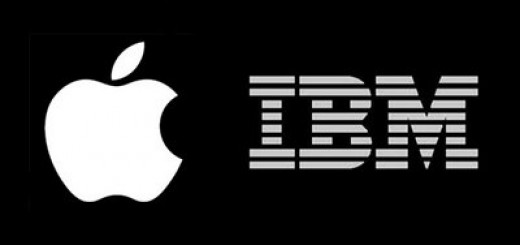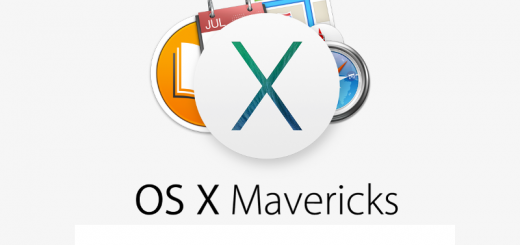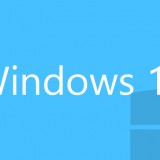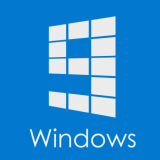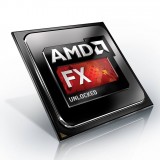Wondering how the new $1099 iMac fares? Not so good.
A while ago, Apple released a new cheap (for the company’s standards anyway) iMac, that was supposed to make the popular computer accessible to more people. Did they achieve their goal?
Ars Technica gave the iMac the rundown, and the results are not so favourable, with the title of their article being “Lose 50% of the performance to save 18% of your money”. Here’s a snip:
Higher-end 21.5-inch iMacs can still be upgraded to use 16GB of RAM at purchase, but end users haven’t really been able to upgrade them after the fact since the new designs were introduced in 2012. Selling a 21.5-inch iMac with soldered-in memory is just the next step down that road; larger 27-inch iMacs can still be upgraded after the fact via the RAM access door on the back, while smaller 21.5-inch iMacs become more integrated and appliance-like. If Apple can save money in a $1,099 iMac by soldering the RAM to the motherboard and limiting customization options, it can get away with it because people buying the cheapest iMac probably won’t need more memory than that.
The CPU choice has less to do with the processor and more to do with the GPU. Older cut-down iMacsoffered to schools and businesses have used dual-core Core i3 desktop CPUs rather than quad-core i5s or i7s. This time around, we suspect Apple is using a dual-core laptop CPU because of its Intel HD 5000 integrated GPU. Dual-core, socketed Haswell desktop processors include Intel’s HD 4600 at best, and in this day and age it makes sense to sacrifice a little CPU performance in favor of a little GPU performance. Using the same processor in both the iMacs and MacBook Airs also probably nets Apple a good volume discount that it wouldn’t get if it bought CPUs specifically for this low-end iMac.
Head over to Ars Technica for the full article.

